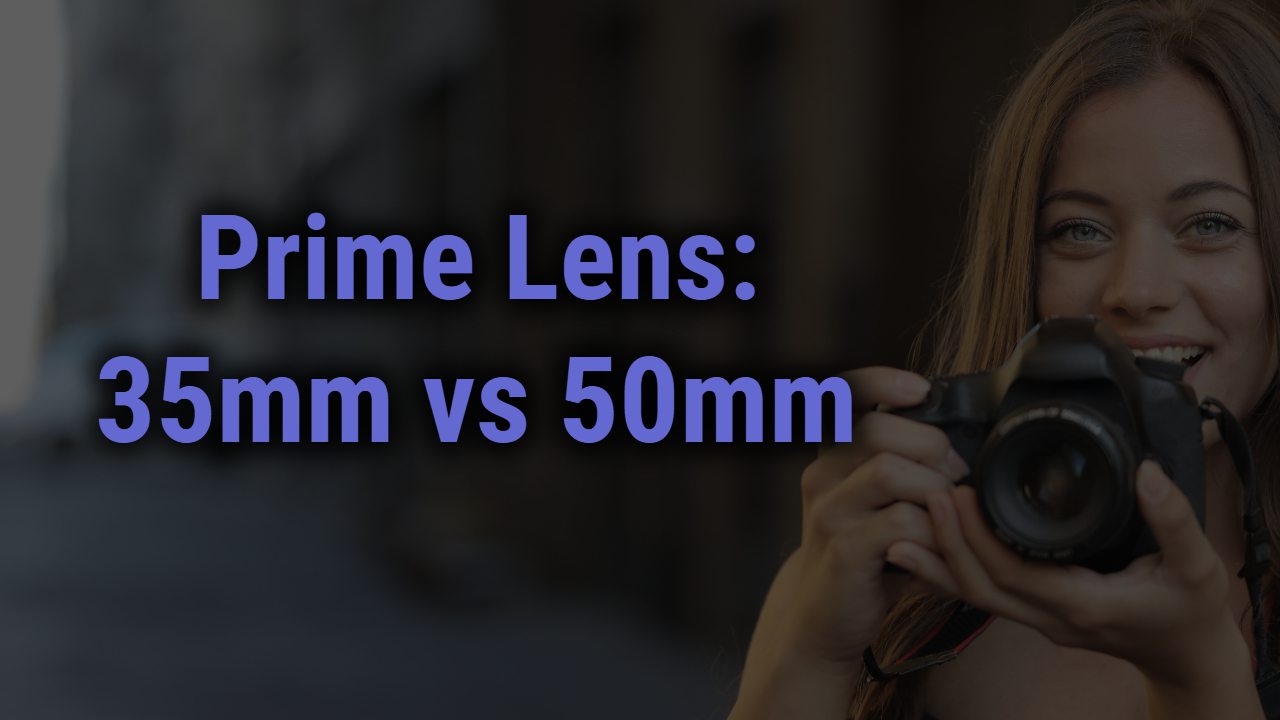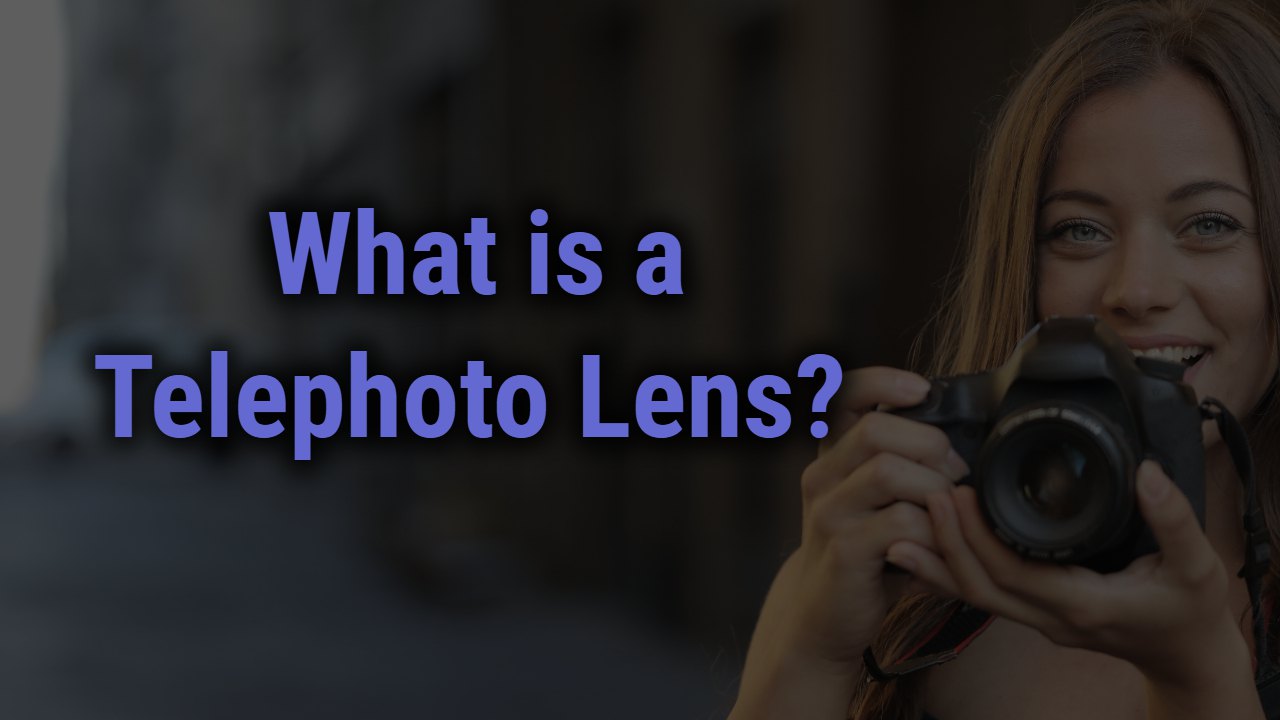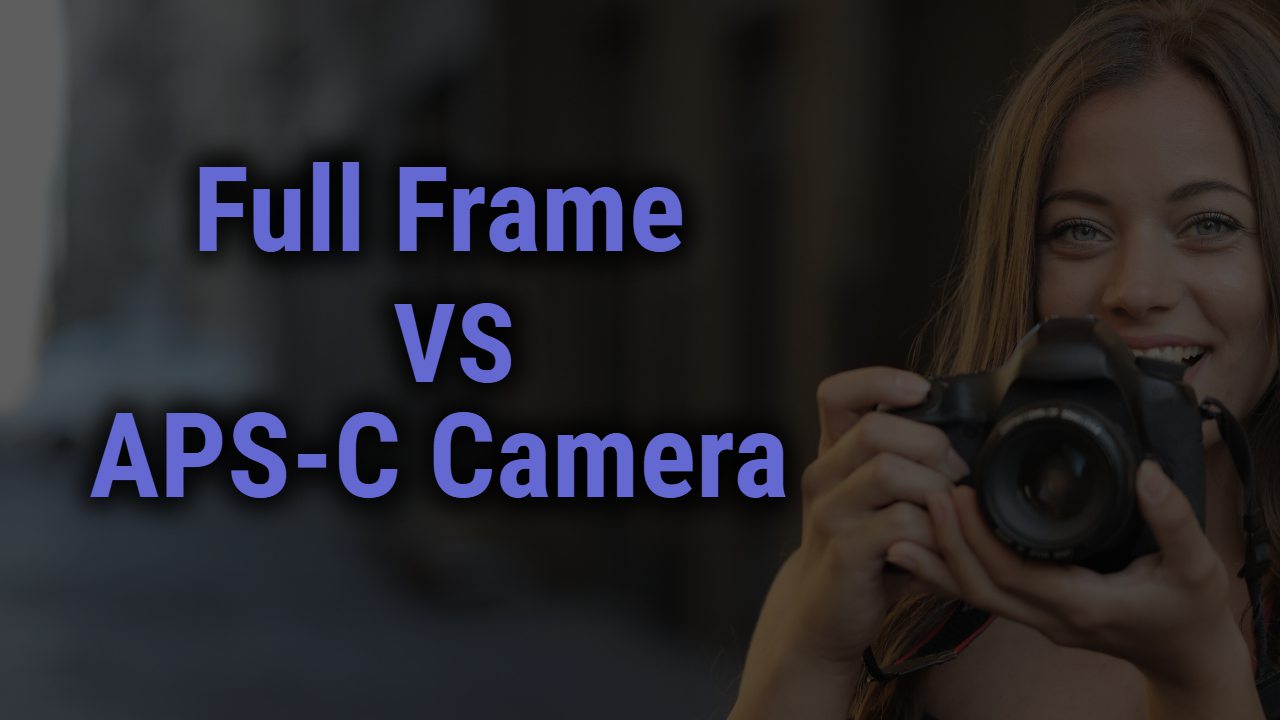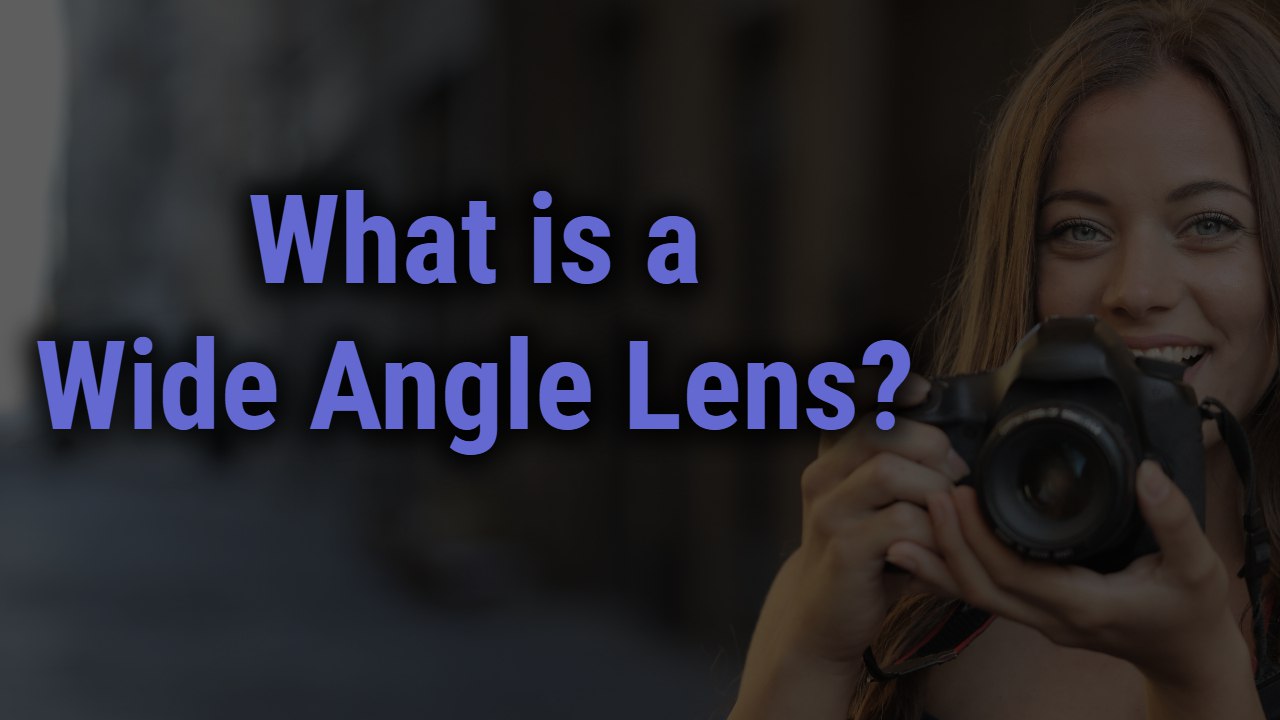Nothing can beat the astonishingly impressive abilities of prime lenses; they are fairly one of the more versatile lenses suited best for different filming jobs. Prime lenses are always taken for their creative, catchy eyeliner, whether they are 35mm, 50mm, or 80mm. Two of them, 35mm and 85mm, have a tendency to be always in highlight; both of the lenses have their own advantages and disadvantages, but there’s always a hot debate going on over their potential and performance.
Overlapping versatility and creativity, these two lenses might collide whenever we photographers talk about their features. And that makes picking one of them the hardest. Which is better? I believe we will get to know this in the detailed article below. The one contains all the needed details of both 35mm and 55mm lenses and which one suits best for flawless photography. So let’s get started.
This Post Contains
What are Prime lenses?
You must be already familiar with the term Zoom lenses and prime lenses; Zoom lenses are lens kits with variable zoom range and aperture, while prime lenses are the ones with a fixed focal length and zooming range along with their fixed wide aperture.
Now the prime lenses are named prime because of their premium or master abilities. These lenses are remarkably creative and intellectual, which opens tons of artistic possibilities than the zoom lens kit.
Their fixed aperture subjects the widest aperture possible, and they are known better for their bokeh-licious depth of field and stunning low-light capabilities.
Now two of the most popular prime lenses a photographer should know about are 35mm and 50mm lenses. Let’s see what their competencies are.
35mm lenses
35mm, in general, refers to the focal length, so in technical terms, the prime lens that can shoot with the 35mm fixed focal length is the 35mm prime lens.
These 35mm lenses are considered the finest option for travel photographers or for those who want to capture the widest angle possible. As you know, they have a wider field of view which means they allow you to move closer to the subject.
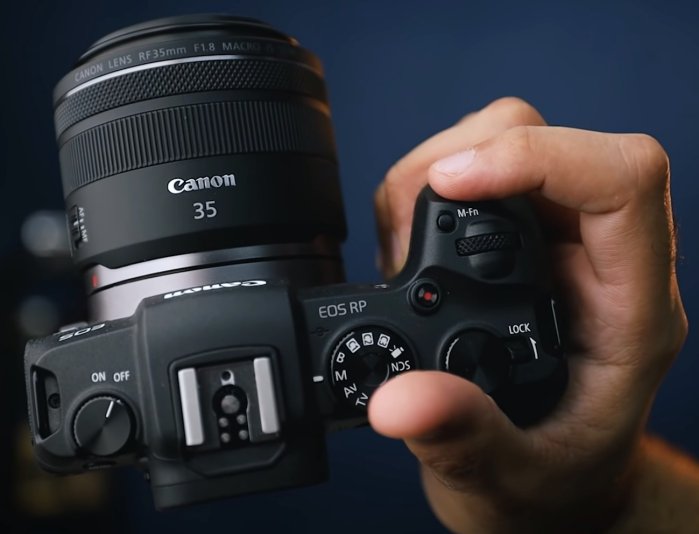
They are a highly versatile and prominent option for wedding, street, photojournalist, and travel photographers. Also, They are determined to have the largest viewing angle and aperture ratio. The 35mm expertise doesn’t limit here only; they are a really convenient piece for hard-to-reach places with better light controls.
Best 35mm lens– Canon EF 35mm f/1.4L II USM lens
Sigma 35mm f/1.4 DG HSM Art Lens
Canon RF 35mm f/1.8 Macro IS STM
50mm lenses
The 50mm is also called the “nifty fifty” because of its high standard in the shooting. These lenses are famous for bringing the real scope of the human eye.
The 55mm lens lets you work with the 50mm focal length, but it is considered the closest focal component of the human eye, dedicated to framing everything human eyes see as a sharp field of view.
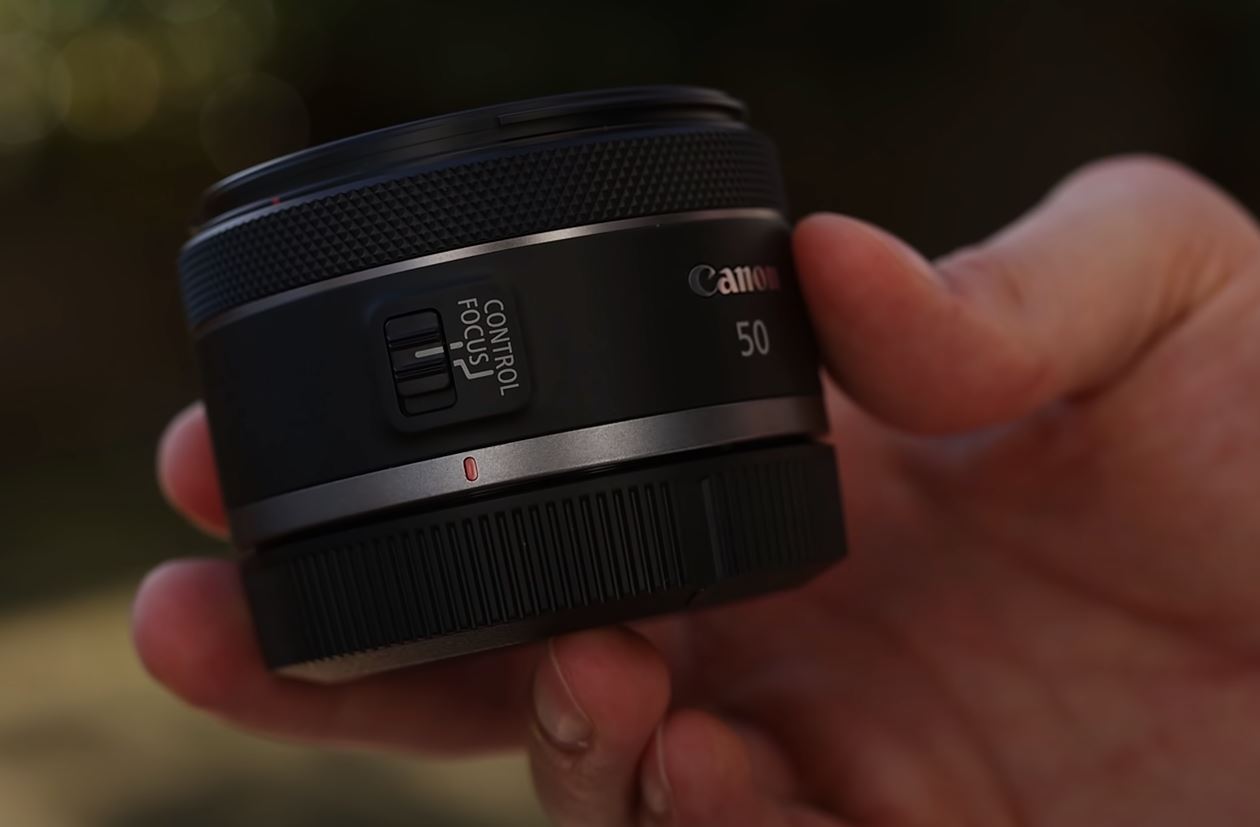
Like the 35mm, the 50mm can also get you the best macro film standing close to your subject just a little further back with a substantial amount of distance.
They specifically have a longer focal length which means they shoot best of street and nature subjects. These 50mm lenses are the greatest option for shooting every day, all day without leaving your comfort zone.
Best 50mm lens- Canon RF 50mm f/1.2 lens
Nikon NIKKOR Z 50mm f/1.8 lens
How do the 35mm and 50mm lenses differ from one another?
By the name and focal length, you may have the feeling that there isn’t much difference between 35mm and 50mm lenses; but you’re mistaken; there is a mountain of differences configured while inching their expertise.
The study of these differences objectifies which of them is better and worthy and to which style of photography. So, let’s dig into it.
Crop Factor– The 35mm lenses are best to shoot with the crop-sensor camera; because the crop factor justifies the 35mm lenses with 52.5 equivalent focal lengths perfect range to capture the naked eye experience. While the 50mm lens tends to have a 75mm focal length that complicates the field of view, getting your subject takes up more room in the frame.
Type of photography – The shorter focal length of the 35mm and a wider field of view expels the best landscapes and architectural shots covering a vast area of the frame, While the 50mm lenses are best for portraits, streets, events, and nature filming with the highest focal length and longer area covered.
Depth of field– The 35mm lens is potent enough to fulfill a larger depth of field, capable of shooting the sharpest image. This gives the best chance to shoot group pictures, landscapes, and even street environments with minimal background or foreground blur, which is not the same in 50mm lenses.
Focal Length– The 50mm lens has a longer focal length than the 35mm lens by 15mm, so it gives access to shooting from more of a distance without moving from your stationary distance, making 50mm best up here.
Photography– They both are best for photography; 35mm lenses are best for landscapes with the shortest focal length and sharpest detail covering, and 50mm lenses are best for portrait shots with longer focal lengths and narrow depth of field.
Videography– we believe 35mm lenses are way better for shooting video because it has the character of covering the widest area in a single frame with a better field of view and lesser distortion; they are not complicated. Video with 50mm is also good with compact size and straightforward dials.
Versatility– As we mentioned, 50mm lenses are significantly closed to the human eye experience, which means they let you frame what you see with your bare eyes. So 50mm is considered the greatest for capturing images or scenes as they are, lacking in 35mm lenses.
Flexibility– when it comes to flexibility, the 35mm lenses again took control; since the 35mm lens captures landscape with vast distance in the frame, the cropping or enlarging of the subject in the center stuff gets easiest. While the 50mm are fixed-to-date, and they don’t allow healthy flexibility.
Portability– The 50mm lenses have the benefit of being the lightest weighted and most compact in size, which adds an extra point in maneuverability factor. In addition, these 50mm lenses can be used for shooting the longest period, which cannot be said the same for 50mm.
Distortion– There is no clear winner when it comes to distortion management; the 35mm lenses are considered best because they pick less distortion and fringing when shooting landscapes and portrait shots. The same goes for the 50mm; they also capture minimal distortion but not lesser than the 35mm.
Price– So, stating the “financial term,” we say the 50mm lenses are the finest option. If you have a tight budget, they are inexpensive and pretty affordable. This also signifies the best options for beginners giving the perk of not investing higher money.
Bokeh filter– The 50mm lenses have the widest aperture, such as f/1.8 or f/1.4. This states that you can get the pleasing blurry background that most photographers crave with the shallower depth of field, Note that it can be counted in 35mm lenses.
Why are the 35mm lenses a better and more popular option than the 50mm?
Yes, the 50mm lenses are a great prime lens with better hands-on portrait shots, inclined with the greatest versatility and affordable price range. But determining the overall verdict, 35mm lenses are quite a win comparing tons of features. Other than the widest coverage, zooming ability, and engineering, let’s see what the additional factor that makes 35mm a better lens than 50mm are,
- The 35mm lens is wider and much more versatile, with great performance.
- The 35mm lens gives better and more focus, controlled by three factors, Unlike the “too zoomed-in” 50mm lens factor.
- The 35mm lens is highly innovative for close-ups and landscapes; convenient option for short-distance shooting
- The 35mm lens allows for moving closer to the subject, revealing the precise details.
- Offering a wider angle, the 35mm lens has the least amount of distortion
- They offer a greater human-eye experience with the crop-sensor camera.
- The 35mm lenses have better low-light performance with wide-angle and large aperture history.
- The 35mm lens is great for tight spots and hard-to-reach area shooting.
- The 35mm lenses are alpha with more control, greater creativity, and easy convenience.
Conclusion
From depth of field to widest coverage, flexibility to engineering, price to portability, we have followed every inch to figure out which of these prime lenses fits best when it comes to over-the-top level photography.
Both 35mm and 50mm lenses are known for their versatility and quality; their criteria of image quality, frame covering, and other intellectual algorithm is different but fruitful in the way. The choice is yours to make
Just outlining the article, we recommend you buy the 35mm lens for better because they are versatile, revealing, fastest, and with minimal distortion, and their real human eye-catching prospect is just wonderful. But again, the big decision should be all on you.
So, if anyone asks you the very obvious question, 35mm or 50mm? You know the right answer with cinematic justifications.

